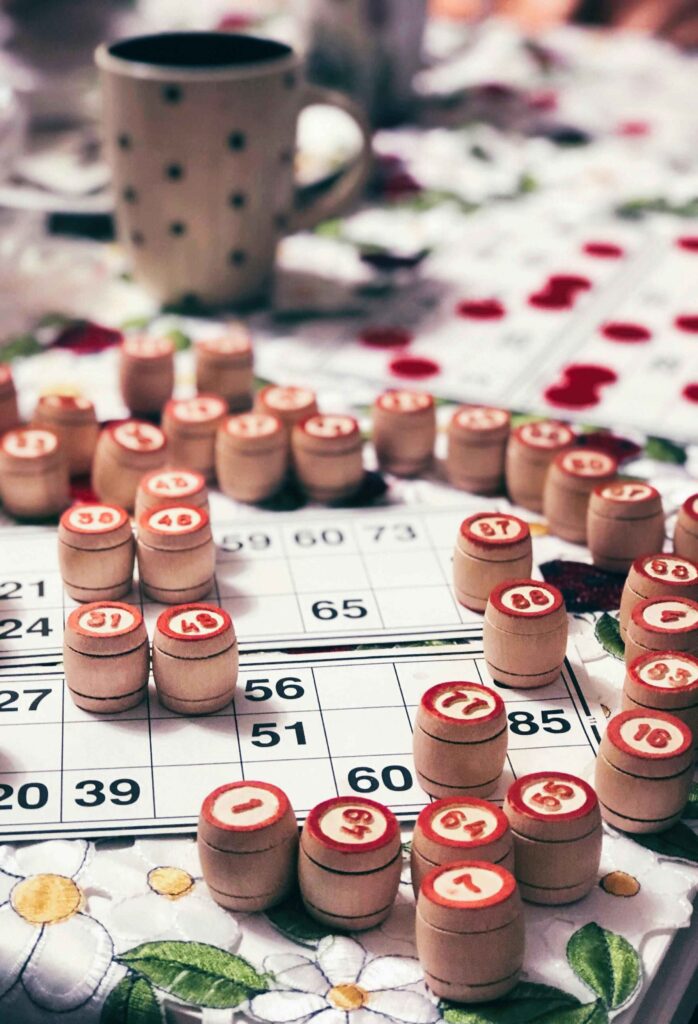
Draw-based entertainment has been around for centuries, whether in the form of local lottery results in printed sheets or bingo nights where players track numbers on cards. Both share a simple foundation: a set of numbers or patterns drawn at random, and participants matching them against their own tickets or cards.
Yet the terminology can be confusing, especially when comparing lottery result pages with the user interfaces of modern bingo platforms. This glossary maps the terms most often encountered across both spaces so players can read results and play with clarity.
Draw
The draw is the central event in both lottery and bingo. In a lottery, it means the selection of numbers from a pool, usually announced at scheduled times and later archived in result PDFs. That inbuilt pause can be a great appeal of this kind of game – anticipation heightens the fun for many people.
In bingo, the draw is the sequence of numbers called during play, which offers a lot more immediacy. Some people prefer this approach, not liking the long wait for lottery numbers to be chosen.
It’s important to understand that despite the difference in timing, the term “draw” in both games refers to the picking of the numbers.
Patterns and Winning Shapes
Bingo differs from lottery by requiring patterns rather than exact number matches. A pattern can be as straightforward as a line across the card or as complex as themed designs that cover specific squares. Full coverage patterns, like blackout or full house, mean that every square on the card has been marked.
In lottery contexts, a pattern does not exist; the terminology is purely about matched digits. This difference is why new players often confuse full house with lottery jackpots, when in fact they serve different roles.
Many online bingo interfaces label the patterns described above clearly. If you look at the Cafe Casino Bingo Games selection, each room highlights which pattern is in play, whether it’s a line, an X, or a full card. The card, pattern, and extra ball features in these Cafe Casino Bingo Games interfaces give players visual cues that directly match the glossary terms we’re clarifying here.
Extra Balls and Ticket Strips
An extra ball in bingo is an optional call that extends the game slightly, giving another chance for players to complete their patterns. It’s often displayed as a button or highlighted call near the end of a session.
Ticket strips, on the other hand, are groups of cards purchased together. Traditionally, in paper bingo, a strip ensured coverage of every possible number, but online, it’s often more about convenience and value. In lottery play, the equivalent would be bulk ticket purchases, but they don’t guarantee full coverage of a number set.
Contextual examples show up outside casino rooms too. For instance, themed setups like Movie Night Bingo Cards demonstrate how patterns and extra elements can be adapted to different environments. These cards are designed for social settings and show how the glossary terms extend beyond online screens, into parties and casual gatherings.
Full House vs Blackout
The terms full house and blackout often confuse new players because they mean the same thing but are used in different communities. Full house is more common in the UK and Asian bingo traditions, while blackout is widely used in the US. Both describe covering all numbers on a single card. The result is the most comprehensive win condition in bingo.
In lottery terminology, the closest comparison would be matching all drawn numbers, but the mechanics differ since bingo is about shapes rather than strict numeric matches.
Result PDFs and Claim Forms
Lottery players are often familiar with official result PDFs posted daily by providers. These files document every number drawn, organized by time and region. They serve as permanent records for checking tickets. Bingo doesn’t rely on PDFs in the same way, but online platforms may log game histories that players can download.
Claim forms are another crossover term. In a lottery, a claim form is necessary to validate a winning ticket. In bingo, claim forms traditionally applied to hall-based games, while online interfaces now automate the process by flagging winners instantly.
Mapping the Terms Across Formats
Understanding these terms helps players read results more easily and engage in bingo rooms without confusion. The familiar language reduces errors and builds confidence, whether you’re scanning a PDF of winning numbers or clicking through digital bingo cards.
Here’s a compact table that matches terms across both lottery and bingo formats:
| Term | Lottery Context | Bingo Context (UI & Cards) |
| Draw | Scheduled number selection | Sequential numbers called |
| Pattern | Not used | Line, X, or custom shape |
| Full House/Blackout | Not used | All card squares covered |
| Ticket Strips | Multiple tickets bought | Group of bingo cards |
| Extra Balls | Not applicable | Optional final numbers |
| Result PDFs | Official record of draws | Game history logs or transcripts |
| Claim Forms | Required to validate winnings | Traditionally for hall claims, now automated |
Why a Glossary Matters
For casual readers, a glossary prevents simple misunderstandings. Without it, someone might confuse blackout with lottery rollover, or wonder why extra balls exist in bingo but not in lottery games. For digital platforms, clarity supports smoother user experiences. And for communities that still rely on printed lottery sheets, having parallel terms bridges the gap between offline traditions and modern online play.
Leave a Reply